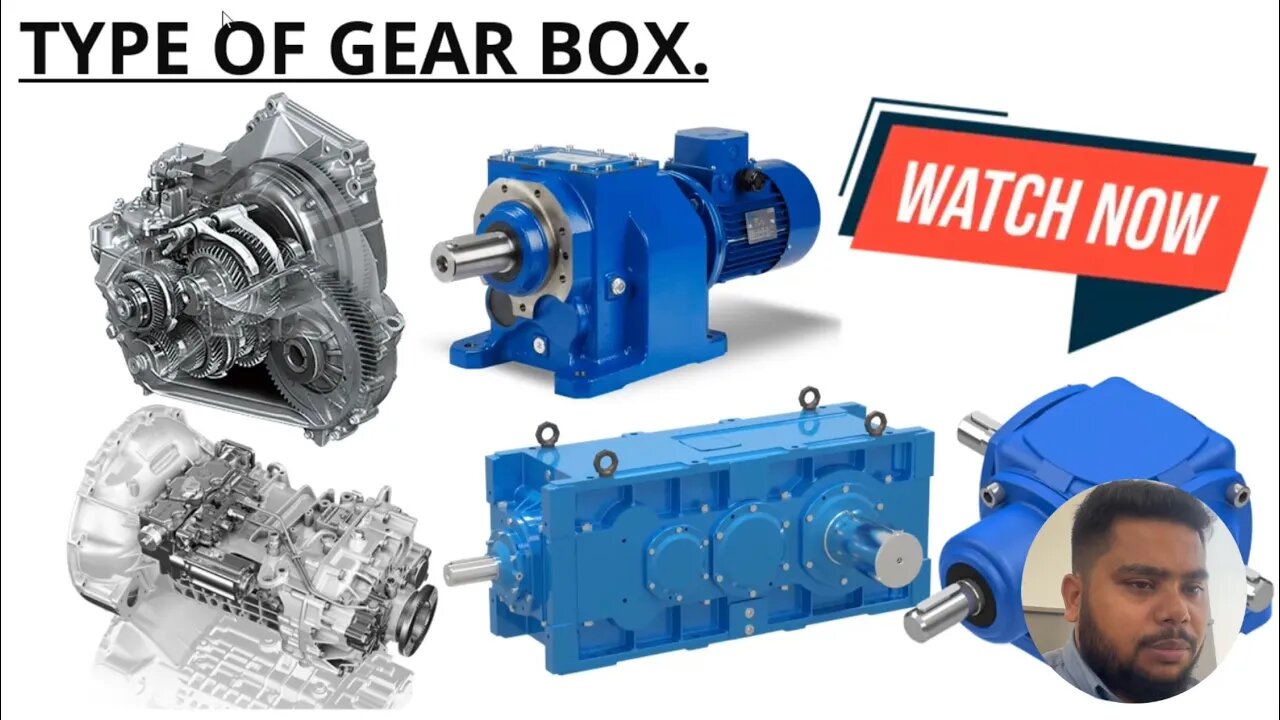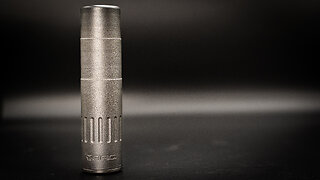Premium Only Content

Type of gearbox | Helical gearbox | Bevel gearbox | Worm gearbox | Planetary gearbox | #gearbox
There are several types of gearboxes, each designed for specific applications and operating principles. Here are some common types of gearboxes:
Manual Transmission: Manual gearboxes, also known as standard transmissions, require the driver to manually engage and disengage gears using a clutch pedal. These gearboxes are commonly found in cars and trucks. Manual transmissions come in various configurations, including synchronized, unsynchronized, and sequential.
Automatic Transmission: Automatic transmissions use a torque converter to automatically change gears without the need for manual shifting by the driver. They are commonly found in most modern cars and provide smooth, convenient shifting. Automatic transmissions often have multiple modes, such as Drive (D), Reverse (R), and Park (P).
Continuously Variable Transmission (CVT): CVTs use a belt and pulley system or a chain to provide an infinite number of gear ratios, allowing for seamless and continuous acceleration without distinct gear shifts. CVTs are found in many modern cars and some smaller vehicles.
Semi-Automatic or Automated Manual Transmission (AMT): These gearboxes combine the convenience of automatic transmissions with the ability for manual control by the driver. They do not have a clutch pedal but can be manually shifted using paddle shifters or buttons.
Dual-Clutch Transmission (DCT): Dual-clutch transmissions have two separate clutches, one for odd-numbered gears and one for even-numbered gears. This design allows for rapid gear changes and improved efficiency. DCTs are often used in high-performance and sports cars.
Manual Sequential Transmission: These gearboxes are typically found in racing cars and motorcycles. They allow sequential shifting without the need to operate a clutch pedal. Gears are selected in sequence with a lever or paddle shifter.
Planetary Gearbox: Planetary gearboxes use a set of gears arranged in a planetary or epicyclic configuration. They are compact and efficient, making them suitable for various applications, including automatic transmissions, industrial machinery, and robotics.
Worm Gearbox: Worm gearboxes consist of a worm (a screw-like gear) and a worm wheel. They provide high torque and are commonly used in applications where precise and slow-speed control is required, such as in conveyor systems and lifts.
Bevel Gearbox: Bevel gearboxes have bevel gears that transmit motion between shafts at an angle. They are often used in applications where the input and output shafts are not parallel, such as in differential gears in vehicles.
Helical Gearbox: Helical gearboxes use helical gears with slanted teeth to transmit power. They offer high efficiency and smooth operation, making them suitable for various industrial and automotive applications.
-
 16:30
16:30
SNEAKO
22 hours agoNO FRIENDS IN THE INDUSTRY.
145K66 -
 6:19
6:19
BlackDiamondGunsandGear
1 day agoHow Fat Guys can Appendix Carry
102K12 -
 6:58
6:58
Gun Owners Of America
1 day ago2024 Was Huge For Gun Rights, Here's Our Top 10 Wins!
82K8 -
 15:50
15:50
Degenerate Jay
1 day ago $2.26 earnedJames Bond Is Being Ruined By Amazon? Make Him A Black Gay Woman?
62.3K14 -
 15:18
15:18
DeVory Darkins
1 day ago $24.43 earnedTrump Drops NIGHTMARE Warning on Joe Biden
77.4K113 -
 36:13
36:13
The Why Files
1 month agoAlien Implants Vol. 1: Devil’s Den UFO Encounter: What Was Found Inside Terry Lovelace?
95.2K43 -
 9:03
9:03
Alabama Arsenal
2 days ago $1.14 earnedAAC HUB 2K | Modern Features, Iconic Classic Looks
27.7K1 -
 13:49
13:49
Dermatologist Dr. Dustin Portela
2 days ago $2.18 earnedDermatologist Reveals the Worst Things To Do To Your Skin
20.7K12 -
 1:02:24
1:02:24
PMG
1 day ago $0.59 earned"Hannah Faulkner and Jamie Villamor | DEFEND, INSPIRE, INFLUENCE"
15.8K -
 44:27
44:27
BIG NEM
1 day agoWOULD YOU RATHER? Live Stream
10.5K3